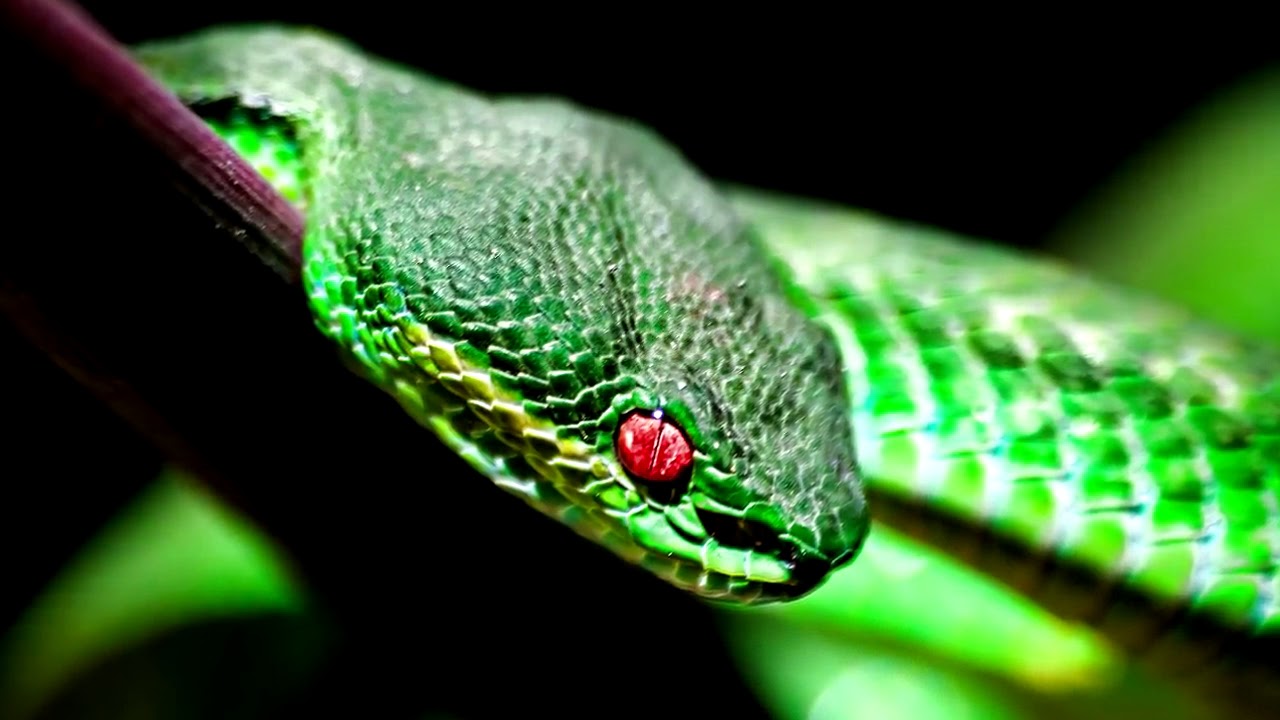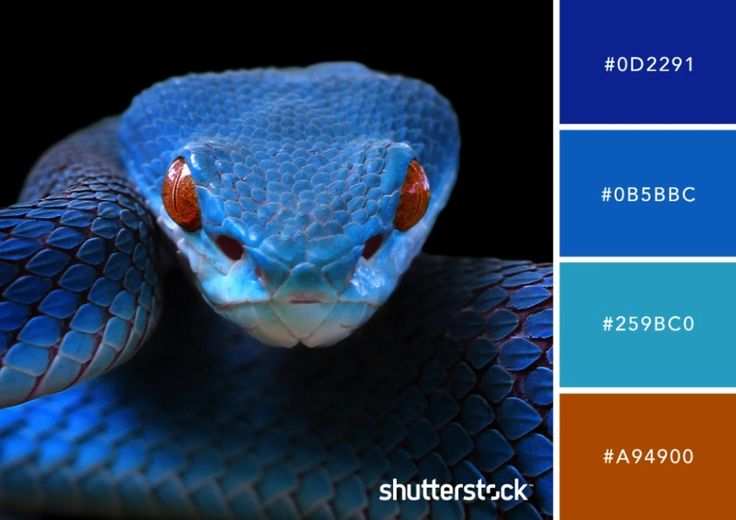The term “bowtie snake” may conjure an image of a sleek, serpentine creature adorned with a bowtie-like pattern, an exotic reptile with a flair for fashion in the animal kingdom. While this name may sound like something straight out of a nature documentary or an imaginative child’s storybook, the reality is a bit more complex. In this article, we’ll explore whether there’s any scientific basis for the term “bowtie snake,” dive into the fascinating world of snakes that could inspire such a name, and address the myth versus reality of the bowtie snake.
The Mystery of the “Bowtie Snake”

If you search for the term “bowtie snake,” you’ll quickly find that it doesn’t refer to a specific species of snake recognized by herpetologists (scientists who study reptiles and amphibians). There is no snake officially named the “bowtie snake” in scientific literature or field guides. So, where does this term come from, and what does it signify?
The most likely explanation is that the term “bowtie snake” is either a colloquial or imaginative nickname people have used to describe a snake with a distinctive marking that resembles a bowtie. While no snake has earned the formal title of “bowtie snake,” some species may have certain patterns or markings that give the impression of a bowtie, particularly around their neck area.
Snakes with Bowtie-Like Patterns

Though the name “bowtie snake” is not recognized in the scientific community, several real species exhibit markings that might evoke the image of a bowtie. Below are some notable examples of snakes with distinctive neck patterns or designs:
1. Eastern Coral Snake (Micrurus fulvius)
The Eastern Coral Snake, found in the southeastern United States, is known for its brightly colored bands of red, yellow, and black. While its markings are typically in bands around its body, the color contrast near its head could resemble a bowtie to the casual observer. Coral snakes are venomous, and their striking colors serve as a warning to predators. Interestingly, the rhyme “Red touch yellow, kill a fellow; red touch black, friend of Jack” is often used to distinguish the venomous coral snake from its harmless mimic, the Scarlet Kingsnake.
2. Western Diamondback Rattlesnake (Crotalus atrox)
The Western Diamondback Rattlesnake, a highly venomous species found in the southwestern United States, is known for the diamond-shaped patterns along its body. These patterns become particularly intricate near the neck, and when seen from certain angles, they could resemble the shape of a bowtie. This snake is infamous for its loud rattle, a warning sign to potential threats, and it is best known for being a dangerous predator in desert ecosystems.
3. Garter Snakes (Thamnophis spp.)
Garter snakes, which are common in North America, come in various colors and patterns. Some garter snake species have chequered or striped patterns near their heads that could appear like a bowtie shape. These snakes are non-venomous and are often seen in gardens or fields, preying on small animals and insects. Their varying patterns make them one of the most adaptable and widely distributed snake species.
4. Banded Krait (Bungarus fasciatus)
The Banded Krait, native to Southeast Asia, has alternating black and yellow bands along its body, including near the neck. This venomous snake’s pattern may resemble the shape of a bowtie around its neck, especially when viewed from above. The Banded Krait is known for its potent neurotoxic venom, although it is not typically aggressive and prefers to avoid human encounters.
Why the Fascination with Bowtie Patterns?

The human fascination with patterns in nature is well-documented. From spots on a leopard to stripes on a zebra, humans have long been captivated by the symmetry, colour contrasts, and uniqueness of natural designs. Snakes are no exception to this rule, and many species have evolved vibrant or unique patterns to blend in with their surroundings, deter predators, or attract mates.
The idea of a “bowtie snake” may have emerged from a person spotting a snake with a particularly striking neck pattern that, in their mind, resembled a bowtie. These types of visual associations are common in nature. For instance, the “elephant ear plant” is so named because its leaves resemble the shape of elephant ears, and the “butterfly fish” has patterns that resemble the wings of a butterfly.
While there is no single species officially called the bowtie snake, this imaginative name highlights our tendency to see familiar objects and patterns in the natural world, even when they are purely coincidental.
Snake Patterns: Evolutionary Purpose
Snakes have evolved a wide array of patterns and colours for specific evolutionary purposes. These patterns are not just for aesthetic purposes; they serve critical survival functions:
1. Camouflage
Many snakes use patterns and colours to blend into their environment. For example, green tree pythons (Morelia viridis) have vibrant green scales that allow them to remain hidden in the foliage. Snakes with patterns like stripes or bands often use them to mimic the appearance of their surroundings, making it harder for predators to spot them.
2. Warning Signals
Venomous snakes like the Eastern Coral Snake and the Banded Krait use their vibrant patterns as warning signals to potential predators. The bright colors are a visual cue that these snakes are dangerous and should be avoided. This phenomenon is known as aposematism, where animals use conspicuous colors to warn predators of their toxicity or venomous capabilities.
3. Mimicry
Some non-venomous snakes, like the Scarlet Kingsnake (Lampropeltis elapsoides), mimic the patterns of venomous species like the coral snake to deter predators. This form of mimicry helps harmless snakes avoid being eaten, as predators mistake them for their venomous counterparts.
4. Attracting Mates
In some cases, patterns and colors may play a role in sexual selection. Male snakes may use vibrant patterns to attract females during the mating season, signaling their health and genetic fitness.
The Cultural Significance of Snakes in Mythology
Snakes have been significant symbols in various cultures and mythologies for thousands of years. From the serpent in the Garden of Eden to the sacred snakes in Hinduism, these creatures are often associated with transformation, power, and danger. In some cultures, the snake’s shedding of its skin is seen as a metaphor for rebirth and renewal.
The idea of a snake with a bowtie pattern could have symbolic undertones as well. The bowtie, often associated with formality and sophistication, contrasts with the traditional image of the snake, which is typically linked to wildness and danger. Combining these two elements in the concept of a “bowtie snake” could be a playful juxtaposition of refined elegance with raw nature.
Conclusion: Fact or Fiction?
The “bowtie snake” may not be a scientifically recognized species, but it opens up a window into the imaginative ways humans interpret the natural world. Whether it’s spotting a bowtie-like pattern on a snake or giving a reptile an endearing nickname, our fascination with nature’s designs is deeply rooted in our ability to find meaning and symbolism in everything around us.
Ultimately, while the bowtie snake may not exist as a distinct species, it serves as a reminder of the beauty and complexity of the animal kingdom. The wide variety of snake patterns, from bands to diamonds to stripes, shows that even in the wild, nature often creates designs that captivate and inspire human imagination.

